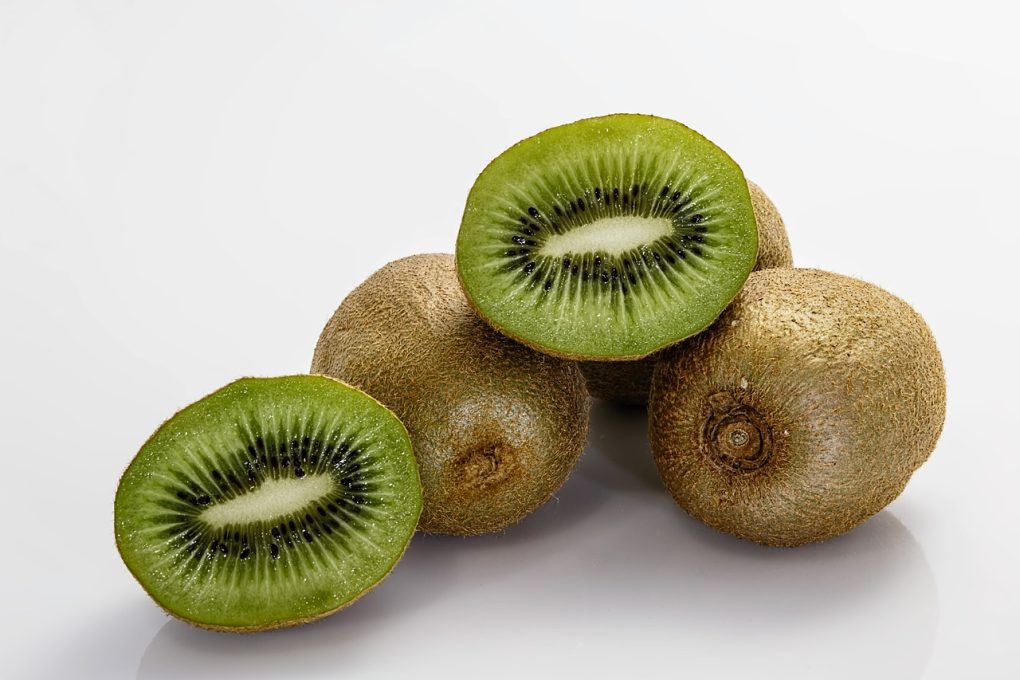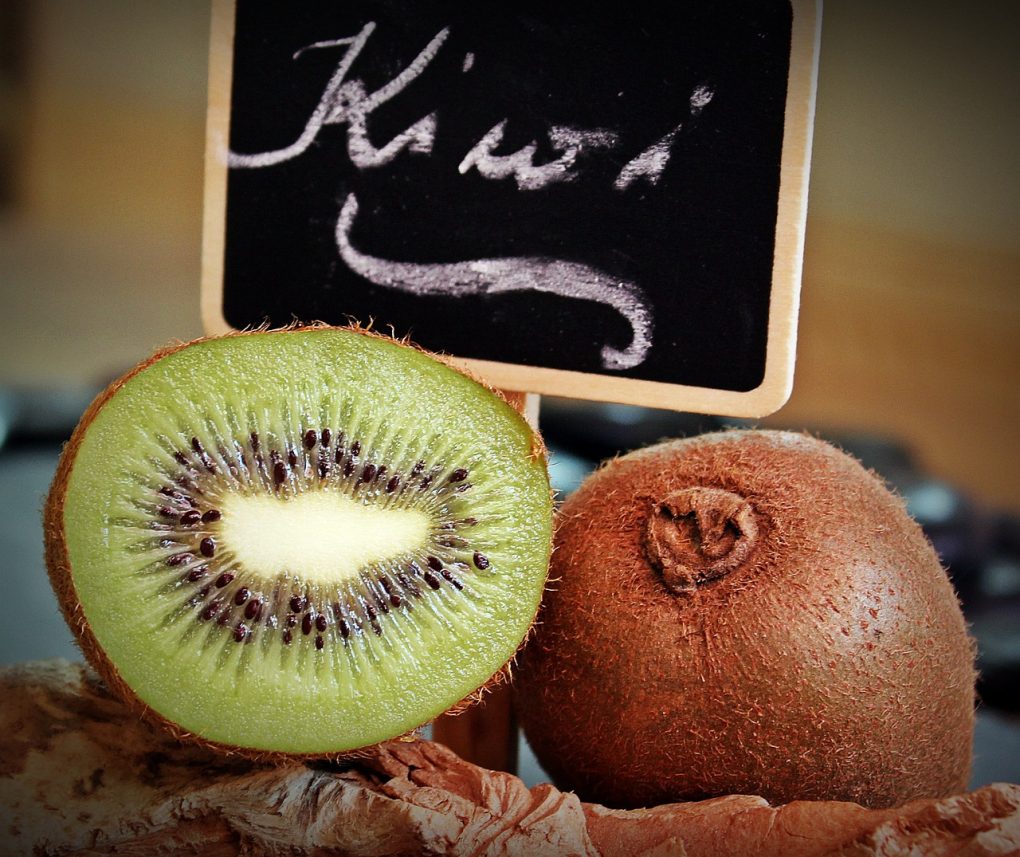
Kiwi is a popular fruit that is enjoyed for its sweet, tart, and unique flavor. This tropical fruit is a great source of vitamin C, potassium, and dietary fiber, making it a great choice for a healthy snack. Unfortunately, kiwi can quickly turn from ripe and delicious to overripe and mushy if stored improperly. This post will provide detailed instructions on how to store kiwi to preserve its freshness and flavor.
How to choose fresh kiwi
Choosing a high-quality kiwi fruit is crucial when it comes to storing them for later use. By selecting the right kiwis, you can ensure they remain fresh, flavorful, and ready to enjoy even after an extended period.
Selection guide
Assess Firmness: When selecting kiwis, gently squeeze them with your fingers. Look for ones that are firm but yield slightly when pressed. Avoid overly soft or mushy kiwis, as they may be overripe.
Check Skin Texture: Examine the skin of the kiwi. It should be smooth and free from wrinkles, bruises, or cuts. Avoid kiwis with damaged or shriveled skin, as they might indicate poor quality or age.
Consider Color: Look for kiwis with vibrant, uniform color. Most commonly, kiwis have brown, fuzzy skin, but some varieties may have a smoother, green or yellow skin. Avoid kiwis with overly green or overly brown patches, as they might not be fully ripe or may have suffered damage.
Sniff for Fragrance: Ripe kiwis emit a sweet, pleasant fragrance. Hold the kiwi close to your nose and take a gentle sniff. If it has a fragrant aroma, it is likely to be ripe and flavorful. A lack of scent might indicate an unripe or low-quality kiwi.
Size Matters: Kiwis come in different sizes, ranging from small to large. Choose the size that suits your preference and recipe requirements. Keep in mind that larger kiwis may have a slightly milder taste compared to smaller ones.
Consider Ripening Time: If you prefer to enjoy your kiwis immediately, select ones that are already ripe or close to being ripe. However, if you prefer to have them ripen over a few days, choose firmer kiwis that need time to soften.
Organic or Conventional: Decide whether you want to buy organic or conventionally grown kiwis. Organic kiwis are grown without synthetic pesticides or fertilizers, while conventionally grown ones may have been treated with such substances. Both types can be equally delicious and nutritious, so it depends on your personal preference and dietary choices.
How to Store Kiwi

Storing Unripe Kiwi
If you purchase unripe kiwi, you will need to store it in a cool, dry place away from direct sunlight. An unripe kiwi can be placed in a paper bag with an apple or banana to speed up the ripening process. The ideal temperature for storing unripe kiwi is between 55 to 65 degrees Fahrenheit.
Storing Ripe Kiwi
Ripe kiwis are best stored in the refrigerator. Place them in the main compartment or in the crisper drawer. Ripe kiwis should be eaten within a few days, as they will not last long outside of the refrigerator.
Avoid Refrigerating Unripe Kiwi
Refrigerating unripe kiwi can cause it to become mealy and mushy, as the cold temperatures will stop the ripening process. If you have unripe kiwi and need to store it in the refrigerator, place it in the crisper drawer and wrap it loosely in a paper towel. This will help absorb excess moisture and prevent the kiwi from spoiling.
Freezing Kiwi
Kiwi can be frozen for up to six months. To freeze kiwi, peel and slice it into small cubes. Place the cubes on a baking sheet lined with parchment paper and freeze for two to three hours. Once frozen, transfer the cubes to a freezer-safe container or bag and store in the freezer.
Thawing Frozen Kiwi
To thaw frozen kiwi, place it in the refrigerator for several hours or overnight. Once thawed, the kiwi should be used within a few days. It is not recommended to thaw frozen kiwi at room temperature, as this can cause it to become soggy and mushy.
Drying Kiwi
Kiwi can also be dried to preserve it for later use. To dry kiwi, peel and slice it into thin slices. Place the slices on a baking sheet lined with parchment paper and dry in the oven at 145 degrees Fahrenheit for two to four hours. Once dried, the kiwi can be stored in an airtight container or plastic bag in a cool, dry place.
Preserving Kiwi
Another way to preserve kiwi is to make kiwi jam. To make kiwi jam, peel and mash the kiwi with a potato masher or fork. Add sugar and lemon juice to the mashed kiwi and heat in a saucepan over low heat until the sugar has dissolved. Pour the kiwi jam into a jar and store in the refrigerator.
Conclusion
Storing kiwi properly is essential to preserving its freshness and flavor. Select kiwis that are slightly soft and free of bruises, spots, or blemishes. Unripe kiwi should be stored in a cool, dry place away from direct sunlight. Ripe kiwis should be stored in the refrigerator. Do not refrigerate unripe kiwi, as this can cause it to become mealy and mushy. Kiwi can also be frozen, thawed, dried, or made into jam to preserve it for later use. With these tips, you can enjoy kiwi for weeks to come!
